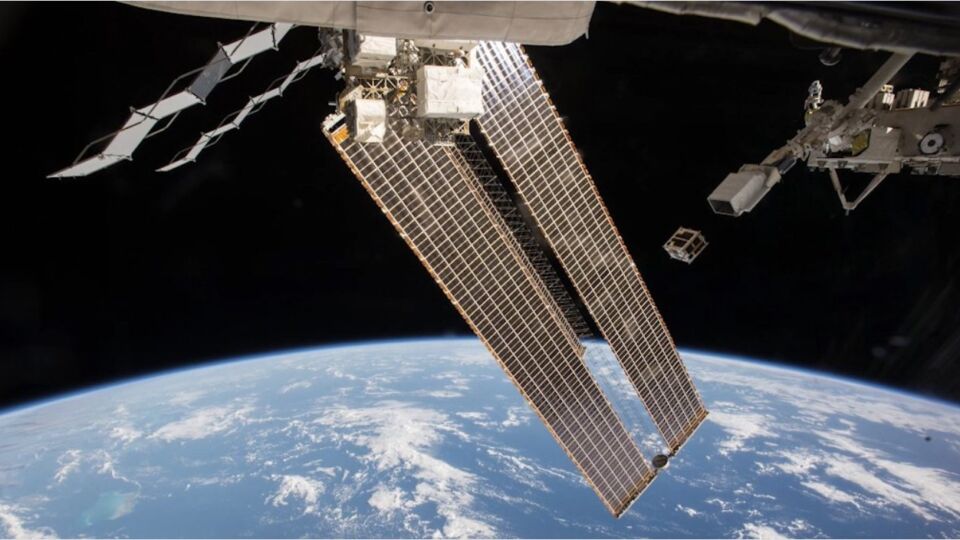The Philippine Space Agency (PhilSA) recently revealed that two cubesats, namely Maya-5 and Maya-6, hitched a ride aboard the SpaceX Falcon 9 rocket and were successfully launched to the International Space Station (ISS) on June 5.
This significant achievement took place as part of SpaceX’s 28th commercial resupply mission. Weighing in at 1.15 kilograms each, these locally developed satellites are expected to operate at an altitude of approximately 400 kilometers, traversing an orbit similar to that of the ISS.
Maya-5 and Maya-6 represent the latest additions to the growing family of Philippine cubesats, following the successful launches of Maya-3 and Maya-4 in August 2021, Maya-2 in February 2021, and Maya-1 in June 2018. Maya-3 and Maya-4 were decommissioned after 10 months in orbit last year.
Maya-5 and Maya-6 were developed under the Space Science and Technology Proliferation through University Partnerships (STeP-UP) project, which is part of The Space Technology and Applications Mastery, Innovation and Advancement (STAMINA4Space) Program.
This groundbreaking initiative received financial support from the Department of Science and Technology (DOST) and is jointly implemented by the DOST Advanced Science and Technology Institute (DOST-ASTI), the University of the Philippines Diliman, and Japan’s Kyushu Institute of Technology (Kyutech).
But while the making of these satellites sound like an extraordinary accomplishment (and they are), they are also an integral part of the coursework requirements within the Master of Science (MS) or Master of Engineering (ME) program’s nanosatellite engineering track at UP Diliman’s Electrical and Electronics Engineering Institute (UPD EEEI), according to PhilSA.
The second group of STeP-UP scholars, who are concurrently pursuing their master’s degrees, comprises Anna Ruth Alvarez, Joseph Jonathan Co, Ronald Collamar, Angela Clarisse Chua, Chandler Timm Doloriel, Khazmir Camille Valerie Macaraeg, Genesis Remocaldo, and Gio Asher Tagabi. Each of them contributed to various aspects such as structural design and communications. They have also been granted scholarships by the Department of Science and Technology-Science Education Institute (DOST-SEI).
These young scientists hail from different regions of the Philippines and are committed to becoming responsible contributors to the country’s space science and technology ecosystem, as stated on the STAMINA4Space website.




